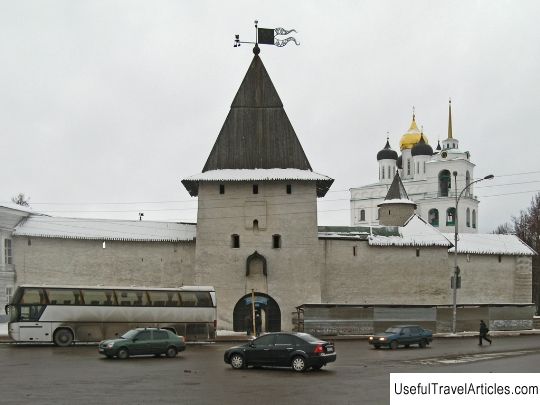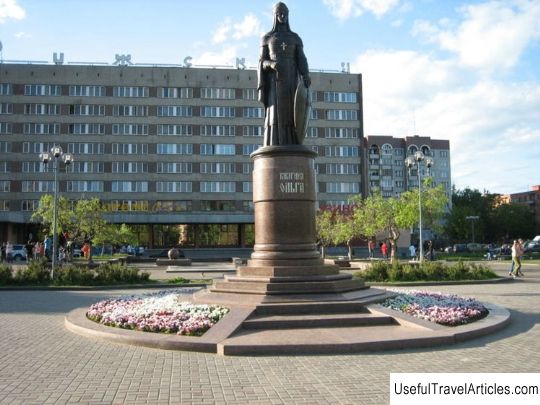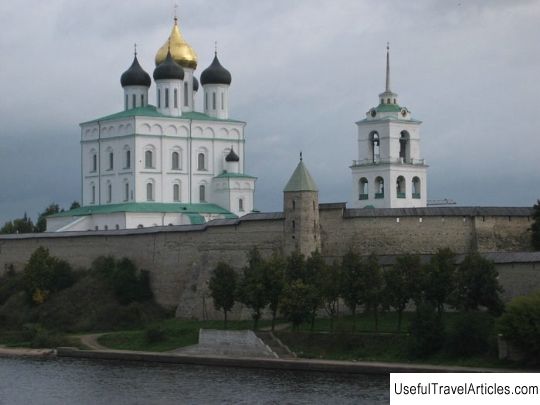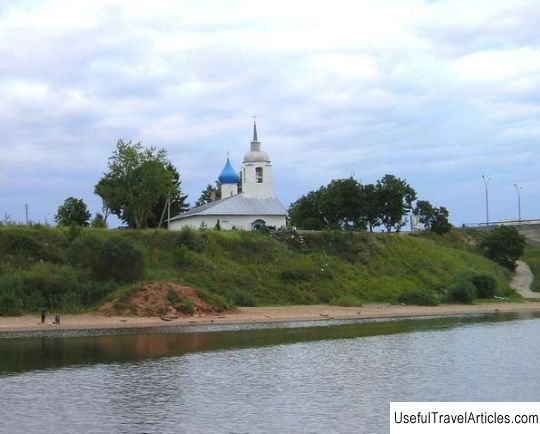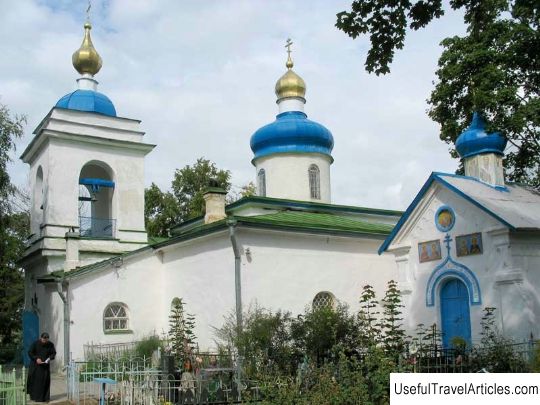Dovmont city description and photos - Russia - North-West: Pskov
Rating: 8,6/10 (805 votes) 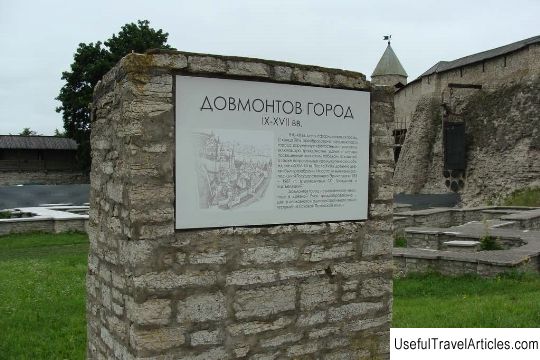
Dovmont city description and photos - Russia - North-West: Pskov. Detailed information about the attraction. Description, photos and a map showing the nearest significant objects. Photo and descriptionDovmont city is named in honor of the hero-prince of the defender of Pskov named Dovmont, who was originally from Lithuania. Dovmont reigned in Pskov from 1266 to 1299. Prince Dovmont, together with his retinue, left Lithuania due to internal strife. During his baptism, the Pskovites named him Timothy and, in order to bind him more firmly to the Russian land, gave him as wife Maria, the granddaughter of Alexander Nevsky. Defending Pskov, Dovmont usually went out with a small retinue against an outnumbered enemy, which did not prevent him from winning brilliant victories. Timofey-Dovmont served faithfully not only to the inhabitants of Pskov, but to the entire Russian people for a little over 30 years. After his death, he was canonized. In the Trinity Cathedral in the Holy Relief, St. the relics of this man revered by the Pskovites. The territory, which is now called the Dovmont city, until the XIII century. was a part of the urban settlement located at the foot of the Pskov Kremlin. In the 13th century, it was already the administrative center of Pskov, which was separated from the rest of the city by stone fortress walls. As an administrative center, the city named after Dovmont existed until the beginning of the 18th century. The area of the territory of Dovmont city is quite small. It measures only 1.5 hectares. But according to experts, there were about 18 churches on this territory: small and large, with side-altars and without side-altars, with chapters of various shapes. A rare cluster of churches on a not very large territory of Dovmont's city is the only one of its kind in Russia and is explained by the peculiarities of the city's history. In ancient times, the population of the border Pskov consisted of townspeople and imprisoned. The inhabitants lived outside the city wall. There was no point in building churches there, because the threat of an enemy attack constantly hung over the inhabitants of the polonish, planted. Therefore, they created their churches near Detinets (Krom), on the territory that belonged to the whole of Pskov and was reliably protected. In 1701, by order of Peter I, part of the buildings of Dovmont's city was covered with earthen bastions, according to the reason for preparing for the Northern War. At the beginning of the XIX century. the structures remaining in the Dovmont city were dismantled due to their dilapidation. By the beginning of the excavations, the territory of the city was a wasteland overgrown with bushes, which, moreover, was dug with craters from bombs and shells during the Great Patriotic War. To date, an area of 9000 sq. m. The most important finds on the territory of Dovmont's town include: an iron-smelting workshop built in the 10th-11th centuries, the foundations of ancient stone buildings, often accompanied by wall paintings and remains of things. Also revealed 14 monuments of stone architecture: military, cultural and civil purposes, including the Church of Dmitry Solunsky, erected before 1135, fragments of the initial walls of Dovmont's city of the 13th century, remains of buildings made of stone from the 13th century. In one from the temples, during the study, they discovered fresco painting. An important find was photographed on special plates, later the frescoes were restored and now they can be seen in the Hermitage. In addition, the remains of an archive were found, which includes more than 500 seals made of lead, plate armor, a large number of spearheads, arrows, sluts, scraps of chain mail, spurs, iron cores, scraps of birch bark letters, various household items, etc. Archaeologists were able to establish a general view of Dovmont's city. It was possible to uncover the foundations of ten temples and several civil buildings. The restoration workshop of the city of Pskov performed their "conservation": the lower parts of the walls were extended and brought to the surface of the earth. According to the original plans of buildings, one can judge the development of the ancient Dovmont city.        We also recommend reading Hallgrimskirkja church description and photos - Iceland: Reykjavik Topic: Dovmont city description and photos - Russia - North-West: Pskov. |
